How to modify all array elements, or nested array elements using array_map() and array_walk() functions. What is the difference between array_walk() and array_map() functions.
aray_map() and array_walk()
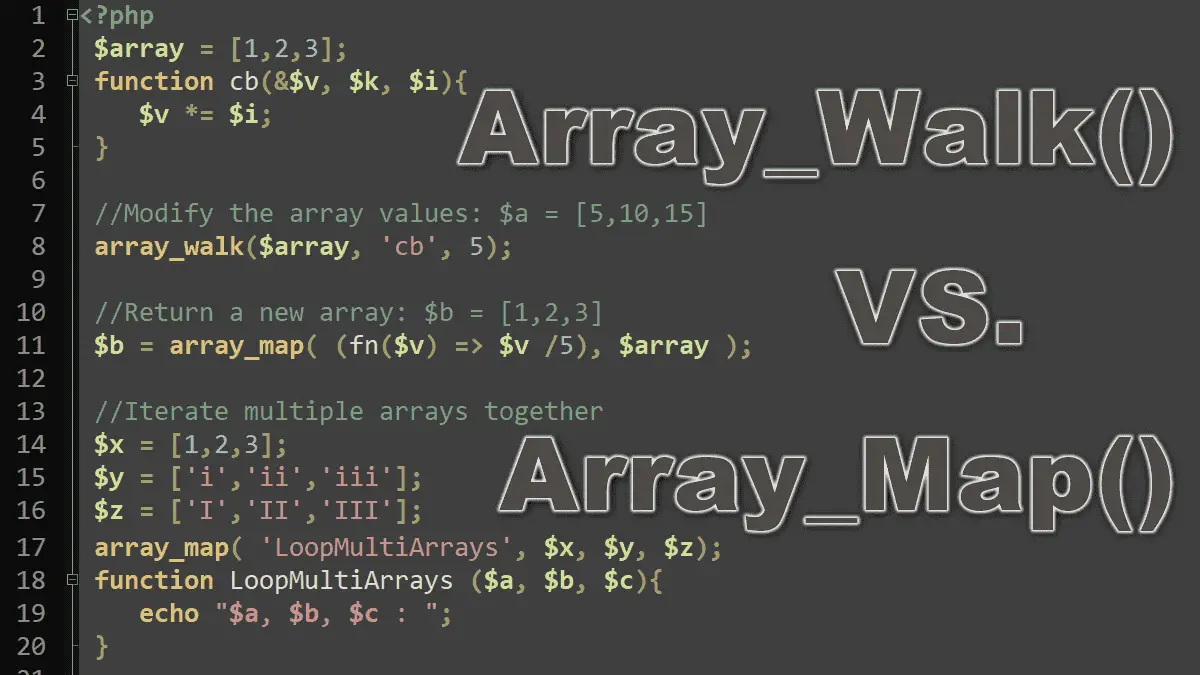
PHP is a scripting language that’s usually embedded or combined with HTML and has many excellent libraries that provide fast, customized access to DBMSs.

How to modify all array elements, or nested array elements using array_map() and array_walk() functions. What is the difference between array_walk() and array_map() functions.
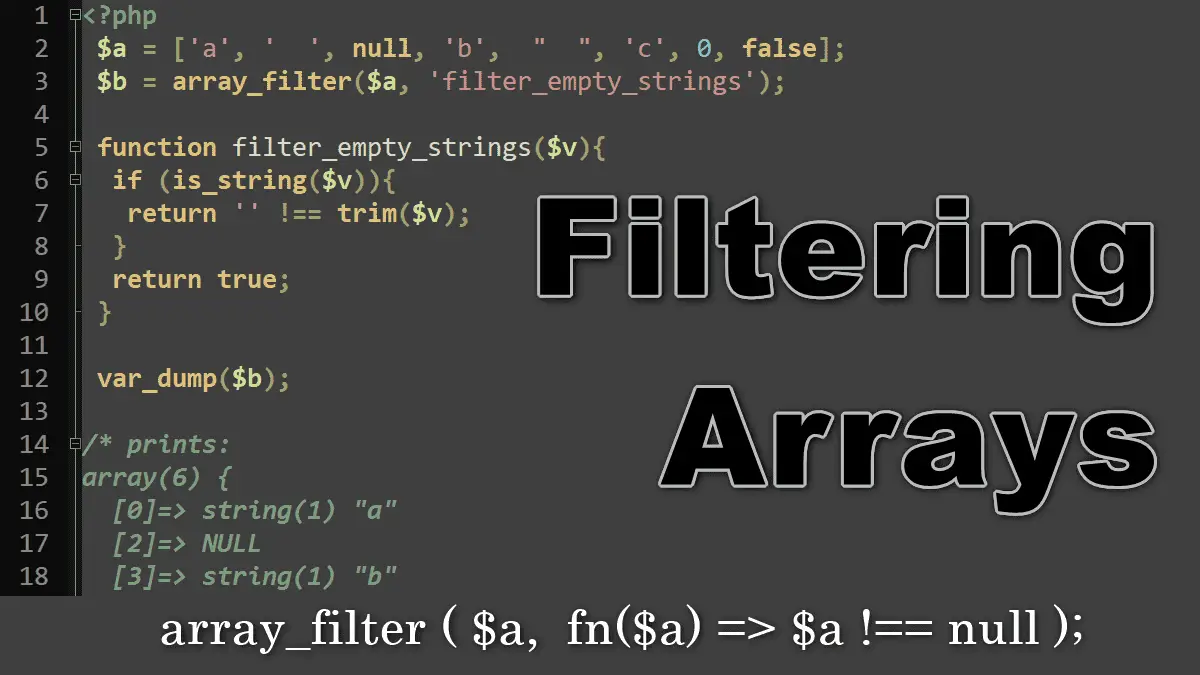
The array_filter() function filters the elements of an array by applying a callback function to each element to decide whether it appears in the output array. The callback function returns true upon success and false otherwise.
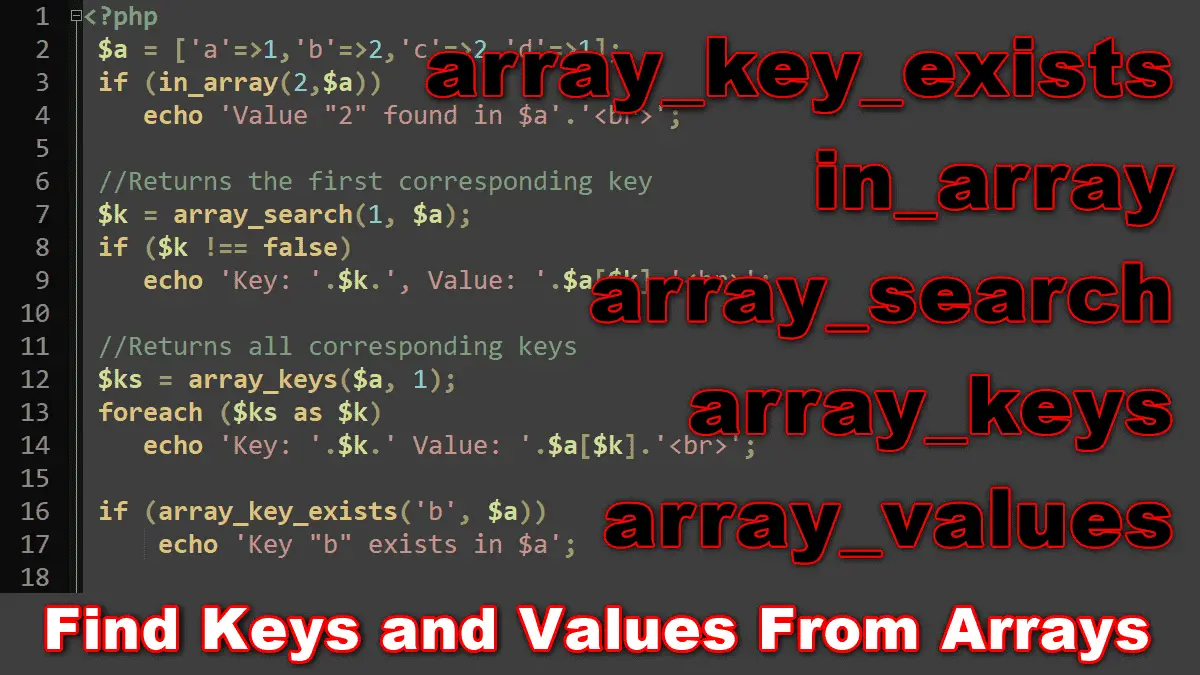
Check if a value or key exists in the array with in_array and array_key_exists functions respectively. Search the array by value and get first or all corresponding keys from the array with array_search and array_keys functions.
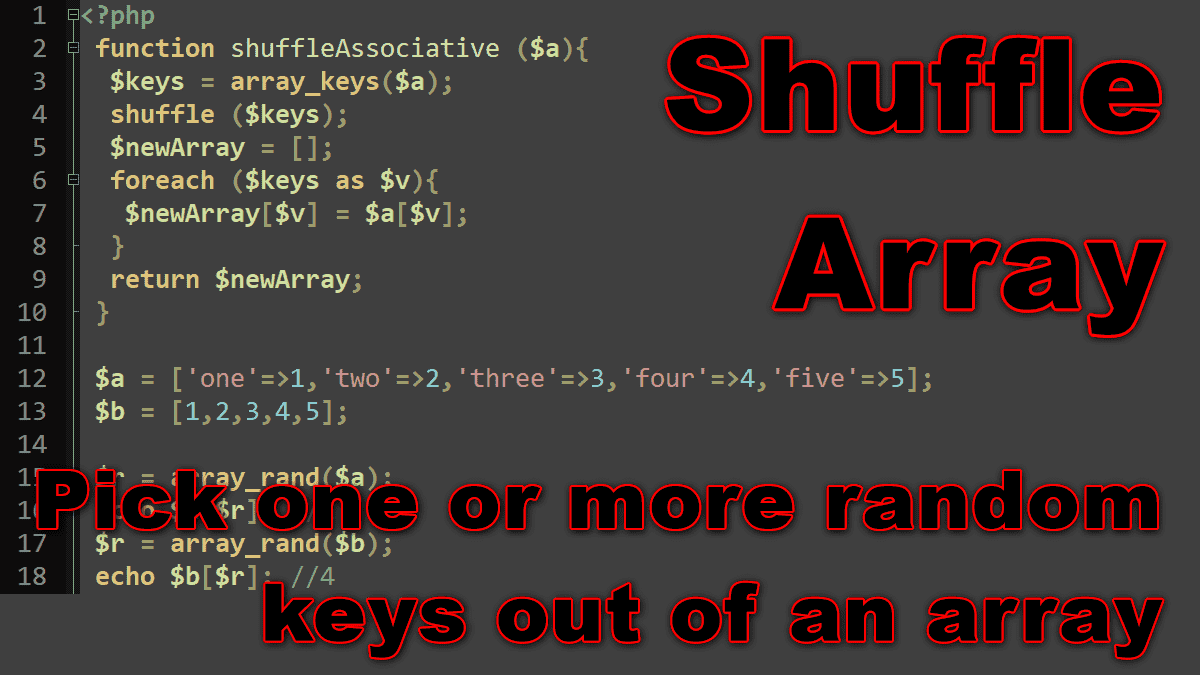
If you want to randomize the order of elements in the array use the shuffle() function. Or use array_rand() function to grab one or more random elements out of an array.
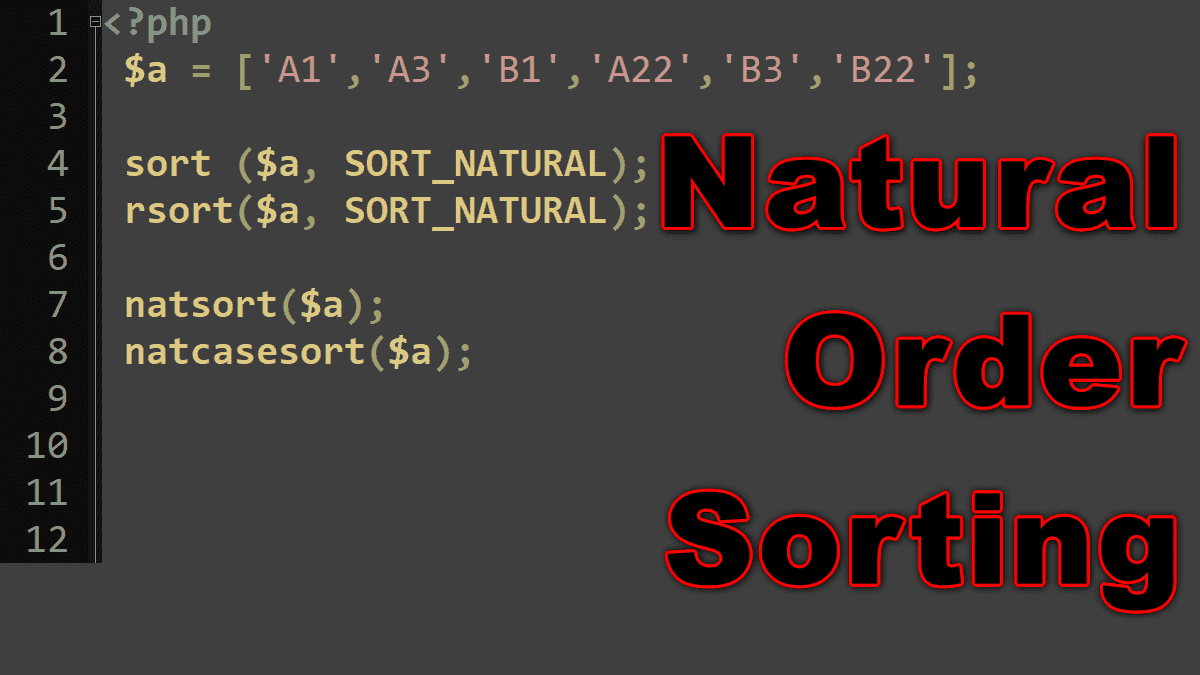
Natural ordering is an alphanumeric sort order, it treated multiple digits as a single character. The natsort() and natcasesort functions do not take flags and are the same as called sort() (or sort(), rsort() etc.) with the SORT_NATURAL flag.
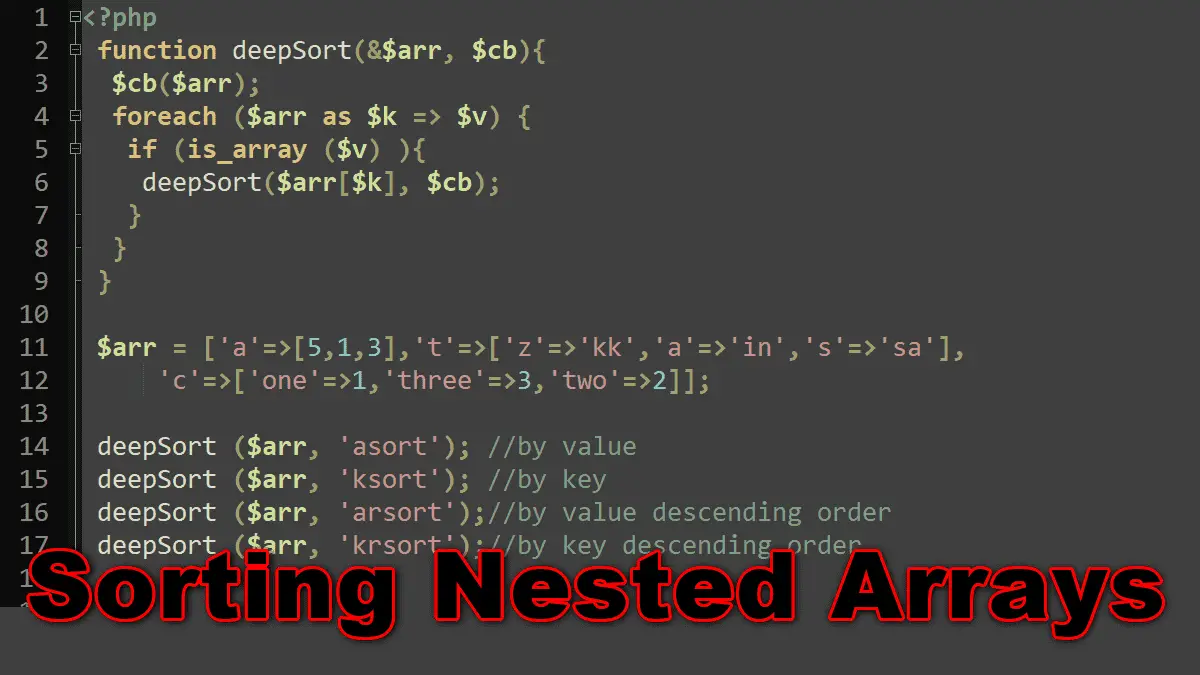
PHP sorting functions can not perform a deep sort on nested arrays. To solve this problem, create a recursive function that calls any PHP sorting function and sorts a nested array deeply (by calling a sorting function recursively).
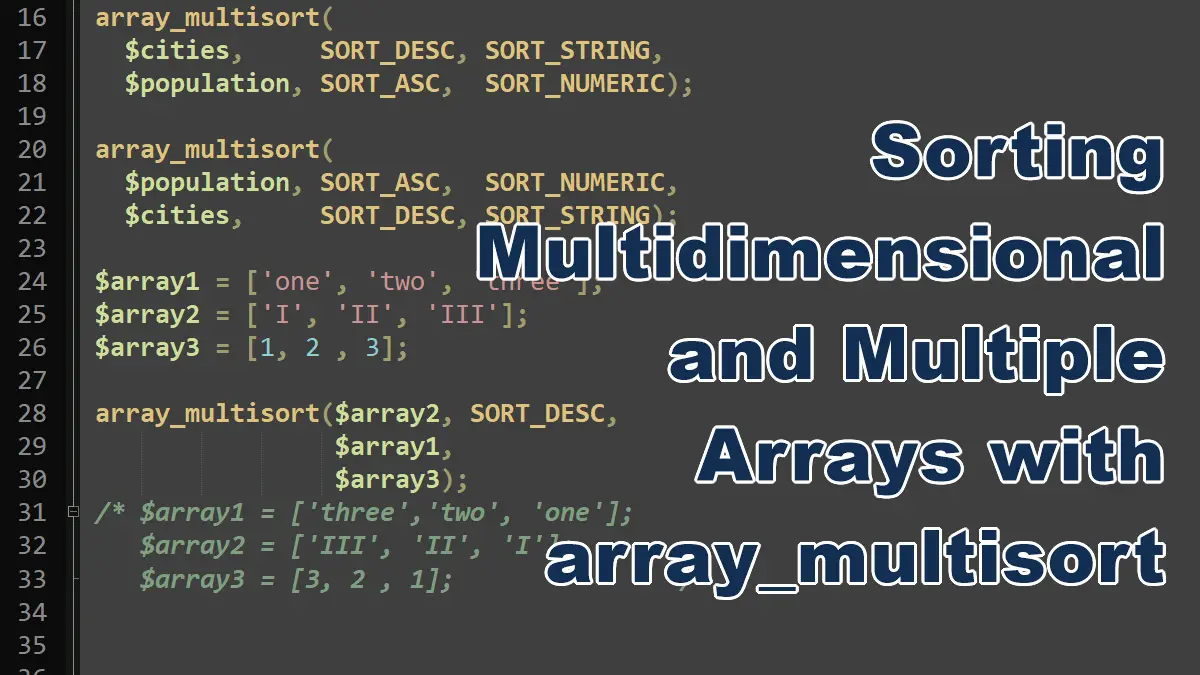
In this tutorial, you’ll learn how to use the array_multisort() function to sort multiple arrays depending on the sort order of another array. You’ll also learn to use this function to sort multidimensional arrays in one or more dimensions.
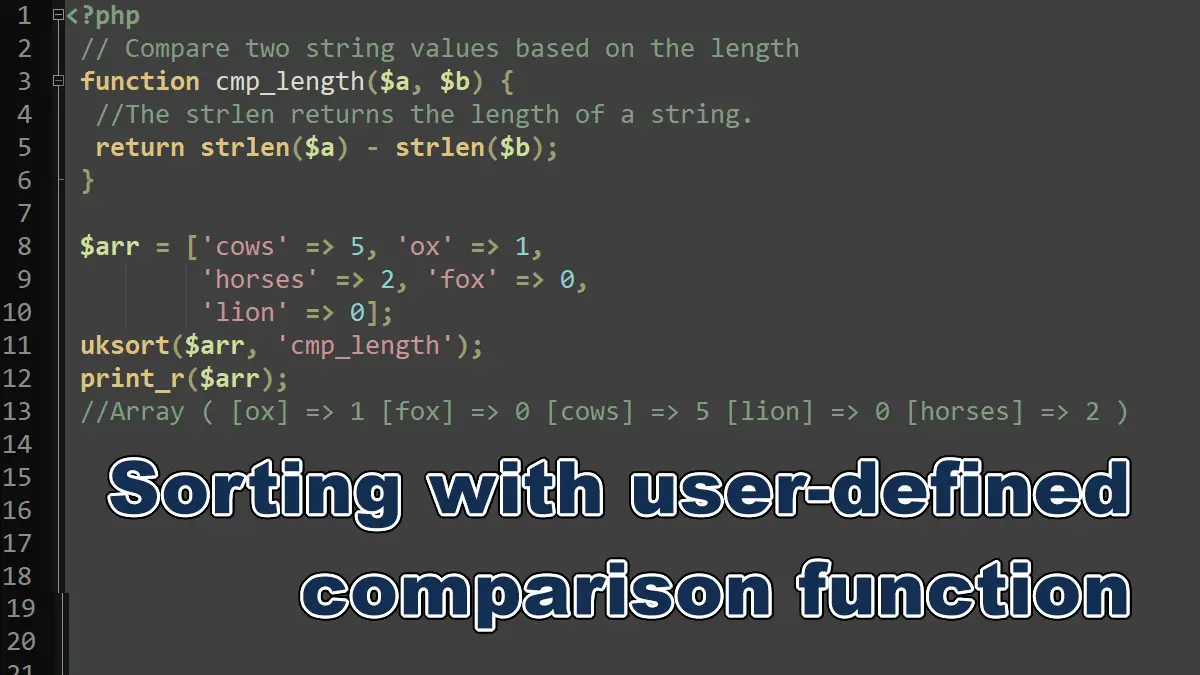
The sorting functions, described in previous tutorials, sort elements in alphabetic, numeric, or alphanumeric order. To sort elements based on user-defined criteria, PHP provides three functions: usort, uasort, and uksort.
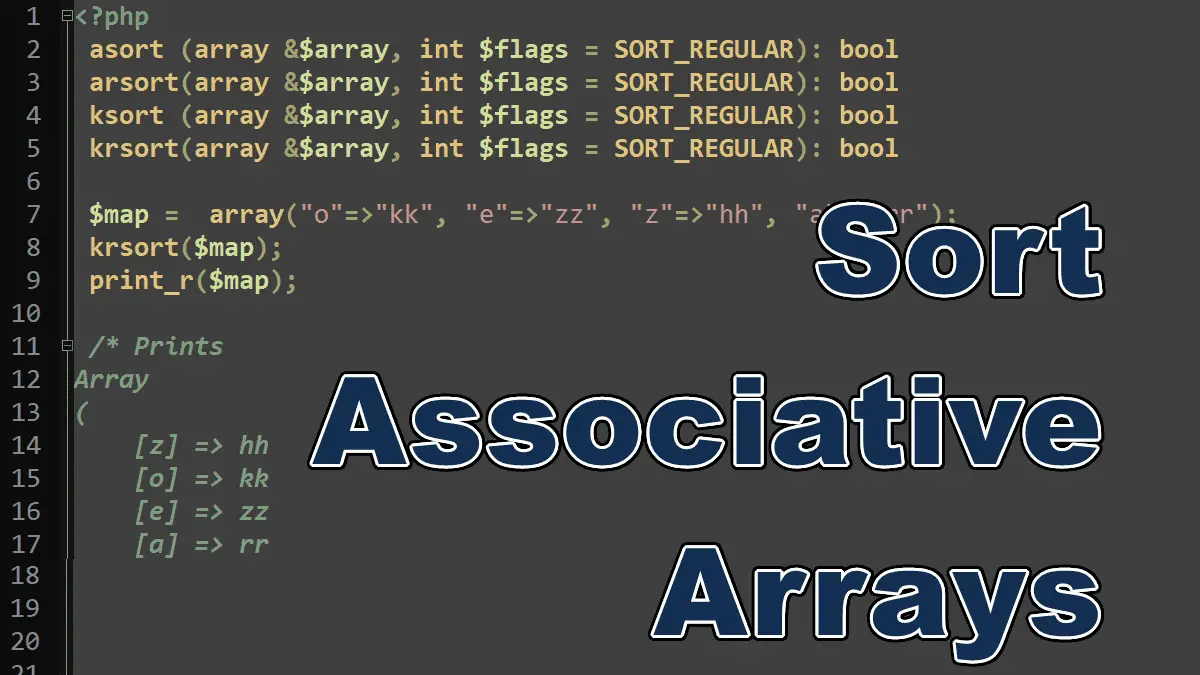
It’s often desirable to keep the key/value associations when sorting associative arrays. To maintain the key/value association the asort( ) and arsort( ) functions are used. Rather than sort on element values, the ksort( ) and krsort( ) functions rearrange elements in an array by sorting on the keys or the indexes.
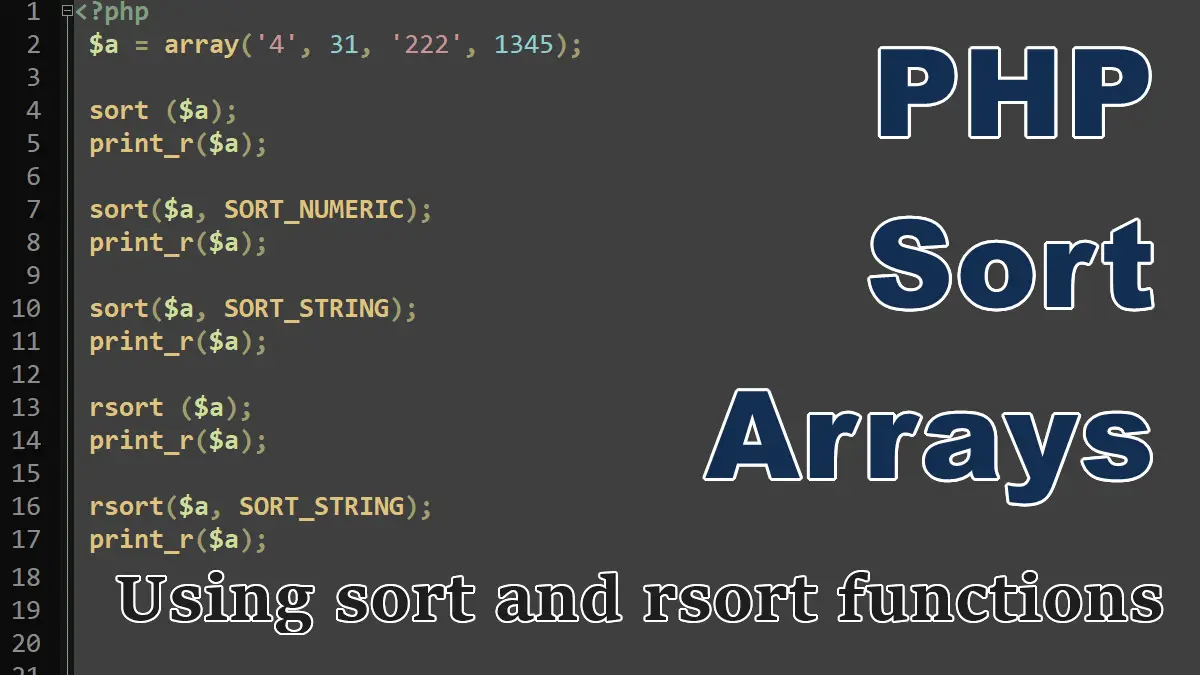
The simplest array-sorting functions are sort( ) and rsort( ), which rearrange the elements of the subject array in ascending and descending order, respectively: